The world's most beautiful natural wonders
From Hawaii's Na Pali Coast to the Verdon Gorge in southeastern France, there are incredible places all over the planet
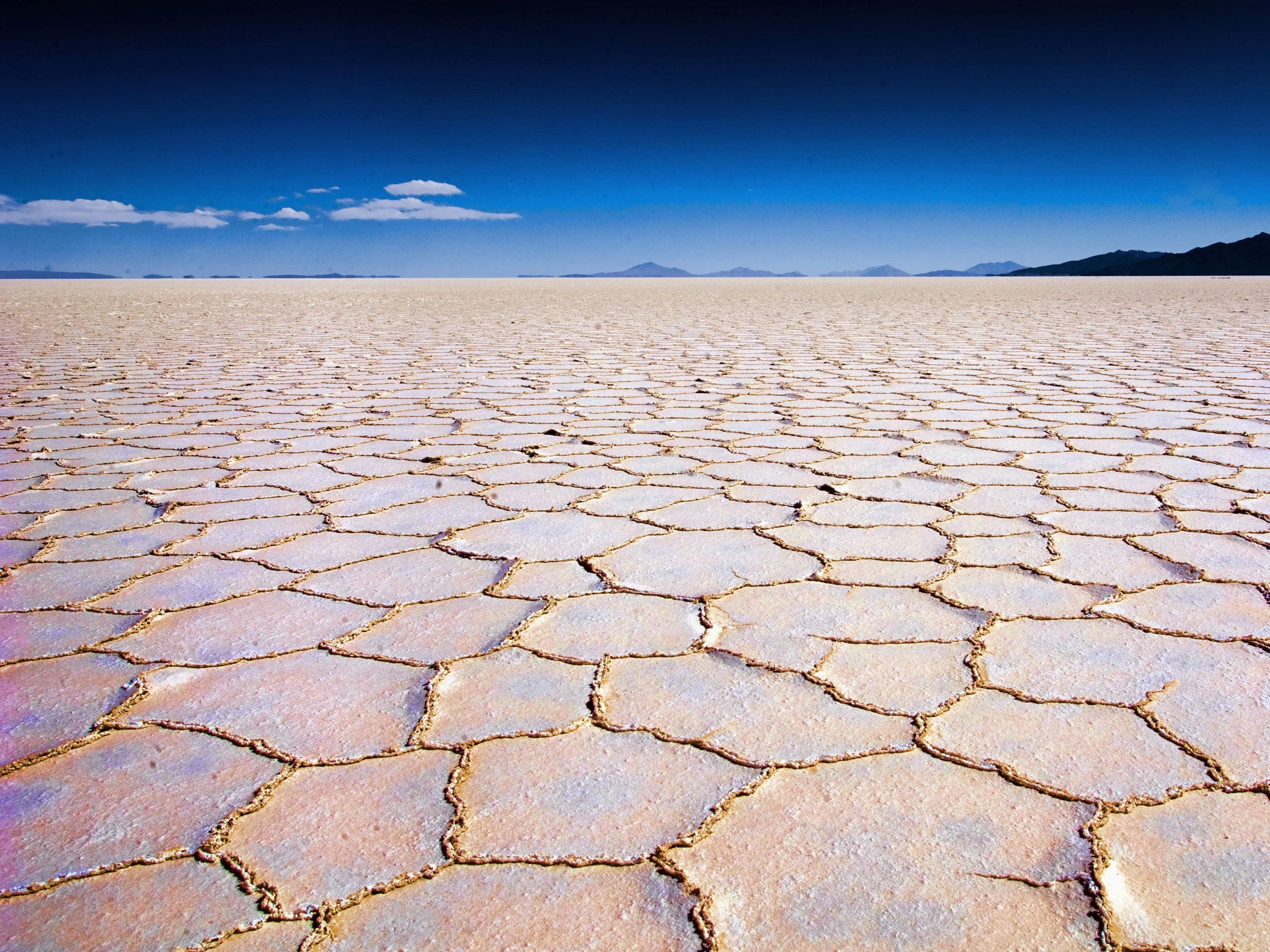
Your support helps us to tell the story
From reproductive rights to climate change to Big Tech, The Independent is on the ground when the story is developing. Whether it's investigating the financials of Elon Musk's pro-Trump PAC or producing our latest documentary, 'The A Word', which shines a light on the American women fighting for reproductive rights, we know how important it is to parse out the facts from the messaging.
At such a critical moment in US history, we need reporters on the ground. Your donation allows us to keep sending journalists to speak to both sides of the story.
The Independent is trusted by Americans across the entire political spectrum. And unlike many other quality news outlets, we choose not to lock Americans out of our reporting and analysis with paywalls. We believe quality journalism should be available to everyone, paid for by those who can afford it.
Your support makes all the difference.Natural wonders come in all shapes and sizes. From Hawaii’s Na Pali Coast to the Verdon Gorge in southeastern France, there are incredible places all over the planet.
Here are 30 of the most beautiful natural wonders on Earth.
The Dead Sea, Israel and Jordan

Sitting at 1,410 feet below sea level, the Dead Sea is the lowest body of water on Earth’s surface. Located in a desert and featuring a high concentration of salt, it’s the perfect spot for floating.
The water is beautiful enough on its own, but the deposits and columns of salt that rise out of the water give it a unique, otherworldly look.
Salar de Uyuni, Bolivia
When lakes near these Bolivian salt flats overflow, they create a majestic mirrored surface that reflects the sky and clouds above. The Salar de Uyuni are the largest of their kind and cover 4,050 square miles of the Bolivian Altiplano.
The vast oasis of salt boasts a horizon that never seems to end, making this spot a photographer’s dream.
Zhangye Danxia Landform Geological Park, Gansu, China
Danxia refers to a special type of landscape found in southwestern China. The colourful, striped mountains are made up of layers of minerals and rock, which were disrupted when tectonic plates caused the island that is now India to collide with the rest of the Eurasia continent.
Now a protected Unesco World Heritage Site, the once little-known wonder is a popular tourist draw.
Geiranger Fjord, Møre og Romsdal County, Norway
A fjord is best described as an underwater valley. Formed by glaciers, these long and narrow waterways are deep and surrounded by steep mountains on all sides. The Geiranger Fjord is one of Norway’s most famous, and is also a Unesco World Heritage site.
Go in the warmer months to see lush greenery offset by deep blue waters.
Tegalalang Rice Terrace, Tegalalang and Ubud, Indonesia
Indonesia is known for its terraced rice fields – and Tegalalang is one of the most well-known. Entering the vibrant green landscape with its towering palm trees will make you feel like time has stopped. And there’s some truth to that feeling. Farmers here use an irrigation system that’s been passed down for centuries.
Reynisfjara Beach, Vik, Iceland
You probably won’t want to sunbathe on Reynisfjara, but that doesn’t mean it’s not worth a visit. The stunning beach looks otherworldly thanks to its black sand, basalt stone columns, and the fog that sometimes envelops it. If you’re lucky, you might even catch a glimpse of the Northern Lights.
The Cliffs of Moher, County Clare, Ireland
One of Ireland’s most-visited natural attractions, the Cliffs of Moher stretch along the country’s west coast for five majestic miles. The rugged cliffs offer unparalleled views of the ocean below.
The Grand Canyon, Arizona, United States
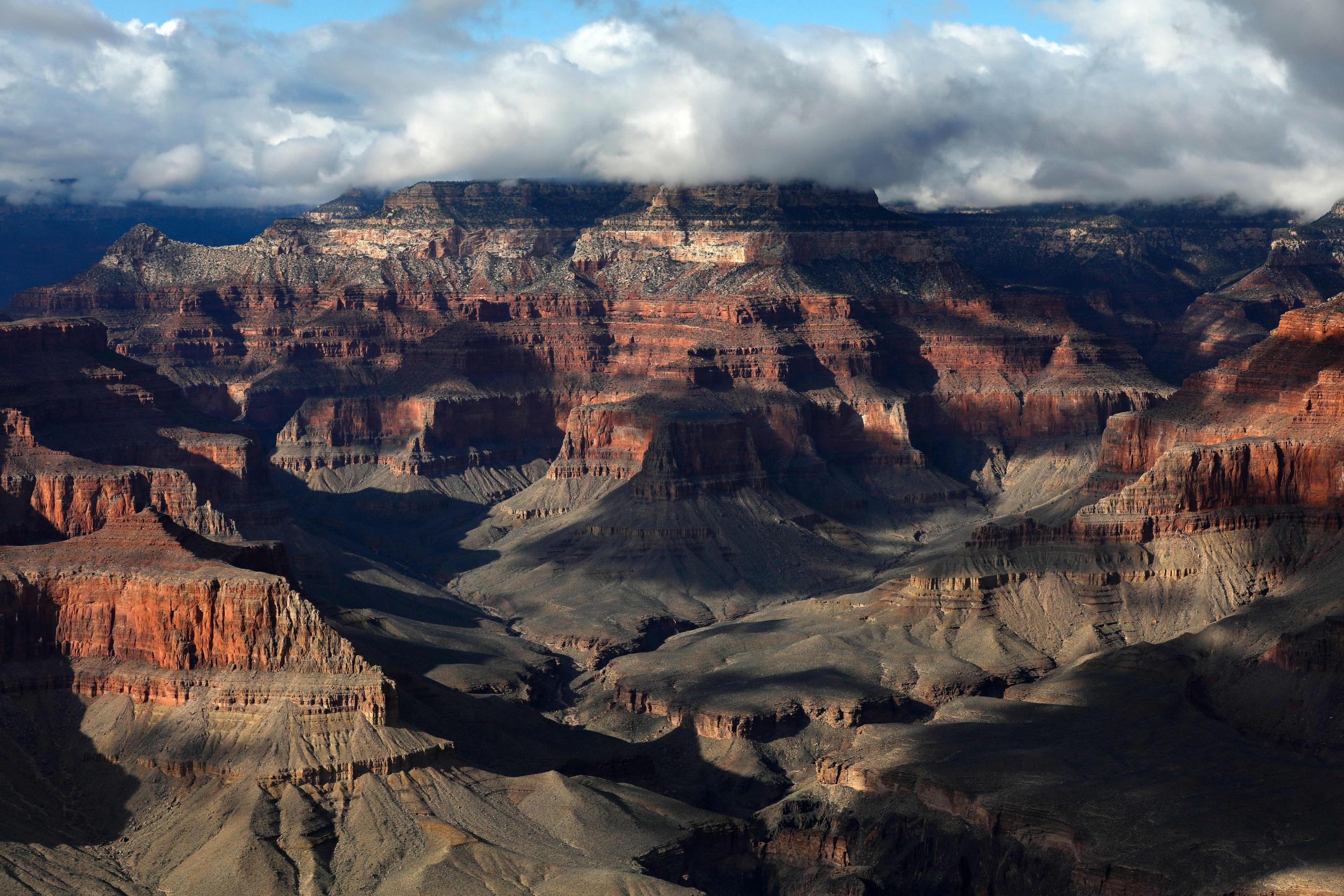
The Grand Canyon is Arizona’s best-known natural beauty, and for good reason: between its immense size and breathtaking views, this natural phenomenon is a must-see.
The canyon stretches for 277 river miles and spans 18 miles from side to side. While the South Rim is open all year round, the North Rim is open to visitors on a more seasonal basis.
Monteverde Cloud Forest, Monte Verde, Costa Rica
Because it’s a rainforest, the weather might not always be ideal at Monteverde, but the fact is it will feel and look like a jungle paradise no matter if it’s misty or not.
Even better, this biological reserve is known to be home to a multitude of species. In fact, it’s one of only a few places around the world that boasts all six species of the cat family.
Ha Long Bay, Vietnam
Ha Long Bay’s natural beauty makes it one of Vietnam’s number one tourist sites. The bay is also a Unesco World Heritage site.
The best way to see Ha Long’s awe-inspiring limestone towers is by boat. In fact, many tourists stay overnight on a boat in the bay.
Na Pali Coast, Hawaii, United States
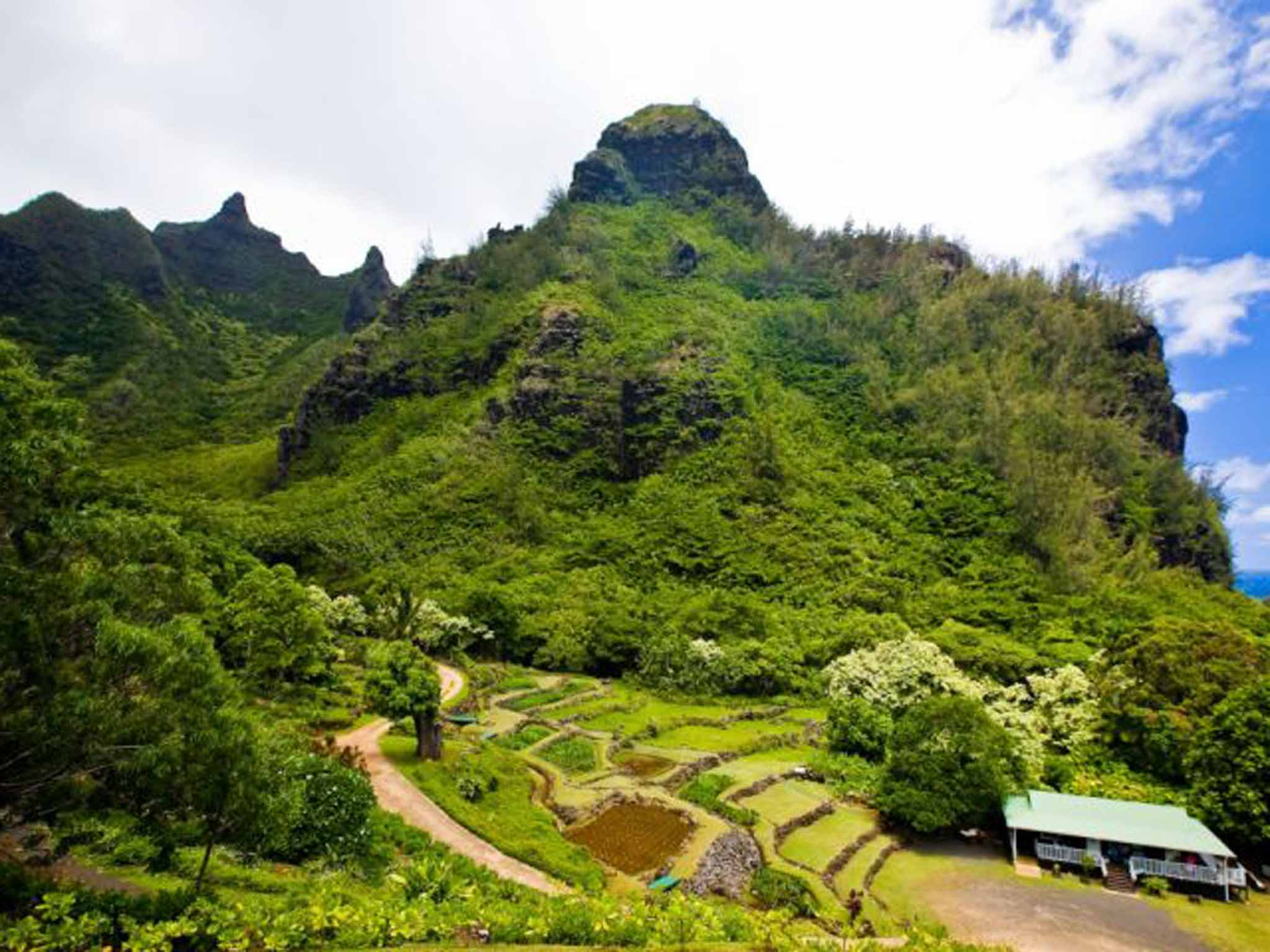
Between the colourful cliffs and the azure blue waters below, Hawaii’s Na Pali Coast is sure to wow any visitor. Hiking the cliffs will afford you 4,000-foot-high views of the Pacific Ocean and Kalalau Valley, as well as plenty of beautiful waterfalls along the way.
Skógafoss, Skógar, Iceland
Skógafoss flows from not one, but two glaciers (Eyjafjallajokull and Myrdalsjokull). According to legend, a viking named Thrasi hid his chest of gold under this stunning waterfall.
Gold or not, the heavy amount of spray that the waterfall produces makes a sunny-day rainbow sighting here very likely.
White Sands National Monument, New Mexico
The largest gypsum deposit in the world, White Sands National Monument is a serene expanse of glittering, white sand that’s located in the Chihuahuan Desert.
The gypsum that forms these gently sloping dunes comes from a nearby ephemeral lake that has a high mineral content. As the water from this lake evaporates, minerals remain, which then form gypsum deposits that are carried by the wind.
Bioluminescent Beaches, Maldives
To experience the Maldives’ magical glowing beaches, you can visit any of the 1,190 islands that comprise the South Asian sovereign state. Some of the top spots to see this natural light show – the result of bioluminescent plankton – include Athuruga, Reethi, and Mirihi.
Marble Caves, Chile
Located in Patagonia on Lake General Carrera, Chile’s Marble Caves (also known as the Marble Cathedral) were created more than 6,000 years ago by waves that eroded the rocks. The caverns’ stunning colours vary as water levels fluctuate throughout the year.
Verdon Gorge, France
The Verdon Gorge’s blue-green waters are a picturesque setting for activities ranging from swimming to kayaking.
Mono Lake, California, United States
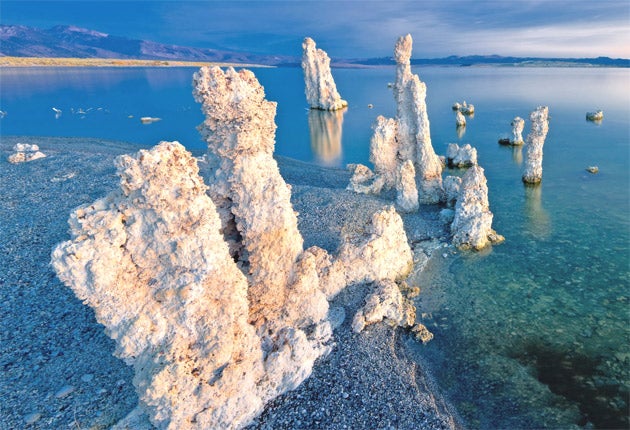
Mono Lake, which spans 65 square miles, is known for eye-catching, calcium-carbonite structures known as tufa towers. With a high salt content, this ethereal lake is also extremely buoyant.
El Yunque National Forest, Puerto Rico
Situated outside of San Juan, El Yunque National Forest earns the distinction of being the sole tropical rainforest in the US National Forest System.
Fairy Pools, Isle of Skye, Scotland
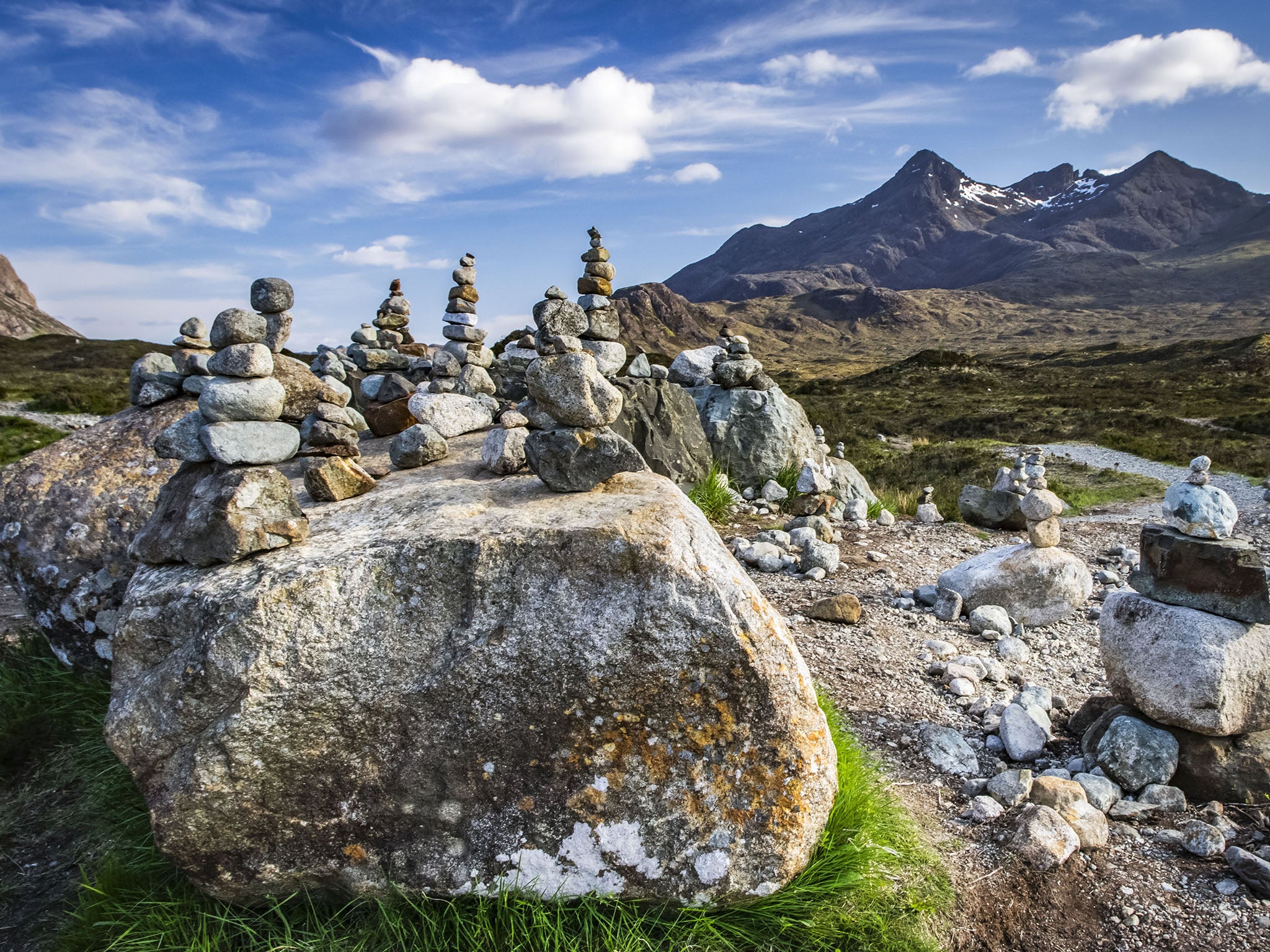
Skye’s enchanting Fairy Pools are only accessible on foot via the Glen Brittle forest – but it’s worth the hike to see the clear waters of these natural pools in person.
Beach of the Cathedrals, Galicia, Spain
You’ll do a double take when you see the rocky arches at the Beach of the Cathedrals: these incredible buttress-like formations were shaped solely by nature.
Milford Sound, New Zealand
Created by glaciers during the ice age, this fjord – located off the coast of New Zealand’s South Island – is renowned for its dynamic scenery, from waterfalls to soaring mountain peaks.
Jeju Island, South Korea
Jeju Island boasts South Korea’s highest mountain, Hallasan, a dormant volcano that towers nearly 6,400 feet above sea level.
The island is also known for its spectacular lava tubes (caves formed by cooling lava).
Mt Erebus, Antarctica
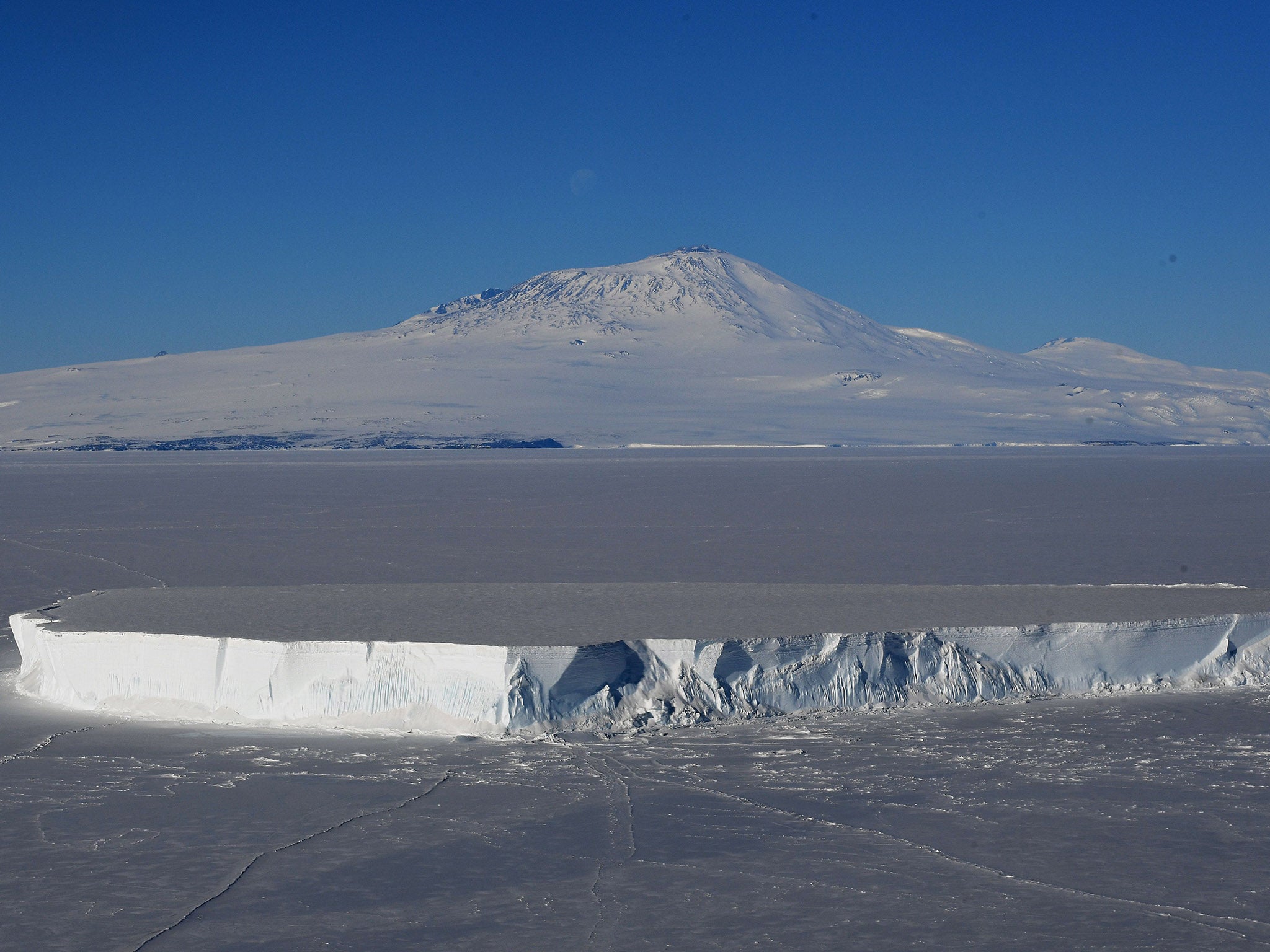
It may seem hard to believe, but there are volcanoes in the arctic. Mount Erebus, the world’s southernmost active volcano, dates back 1.3 million years and stands at 12,448 feet above sea level.
Kjeragbolten, Norway
Kjeragbolten is a 177-cubic-foot boulder nestled in a mountain crevice. It’s surprisingly accessible (you don’t need special equipment to reach it), which makes it a popular photo op for adventurous Instagrammers.
Iguazu Falls, Argentina and Brazil
Spanning Argentina and Brazil, the Iguazu Falls are part of a massive waterfall system that totals around 275 waterfalls.
Tianmen Cave, Zhangjiajie, China
Situated 5,000 feet above sea level, Tianmen Cave is one of the highest naturally formed arches on the planet. Visitors have to mount a 999-step “stairway to heaven” to reach the site.
Masazir Lake, Azerbaijan
Masazir Lake is not far from Baku, the capital of Azerbaijan. This pink saline lake gets its colour – which is strongest in the summer – from microorganisms called halophiles.
Harbour Islands, Bahamas
Known mostly for its pink sand beaches, Harbour Island remains mostly untouched by humans, at least compared to the rest of the Bahamas.
The island’s other draws include Devil’s Backbone, a coral reef filled with marine life, and Dunmore Town, whose pastel-coloured homes will charm any visitor.
The Blyde River Canyon, South Africa
For gorgeous natural views, go for a hike along the Blyde River Canyon, which sits at an elevation of more than 2,600 feet. This canyon, known for its unique geology – including the Pinnacle, a looming quartzite column – also boasts diverse flora and fauna.
Garni Gorge, Armenia
The Garni Gorge is characterised by vertical cliffs notable for their basalt columns. You can only reach the site by car.
Read more:
• This chart is easy to interpret: It says we’re screwed
• How Uber became the world’s most valuable startup
• These 4 things could trigger the next crisis in Europe
Read the original article on Business Insider UK. © 2016. Follow Business Insider UK on Twitter.
Join our commenting forum
Join thought-provoking conversations, follow other Independent readers and see their replies
Comments